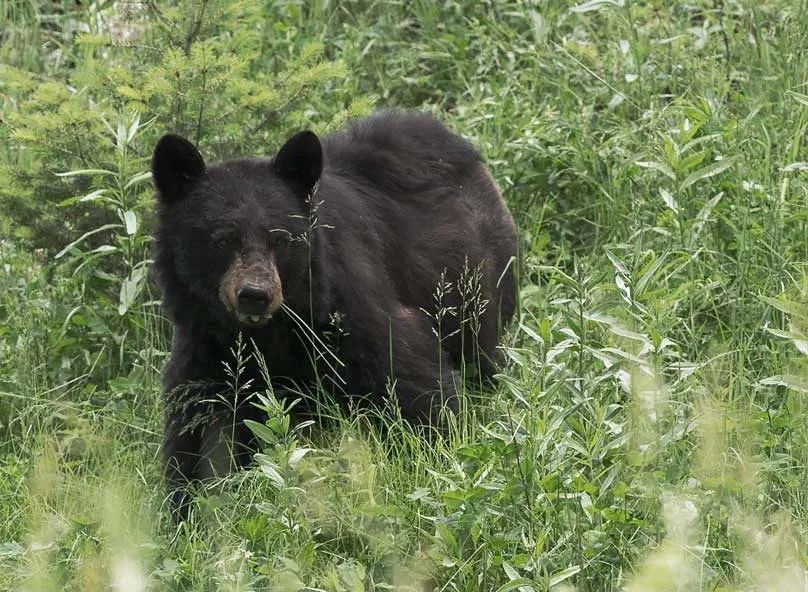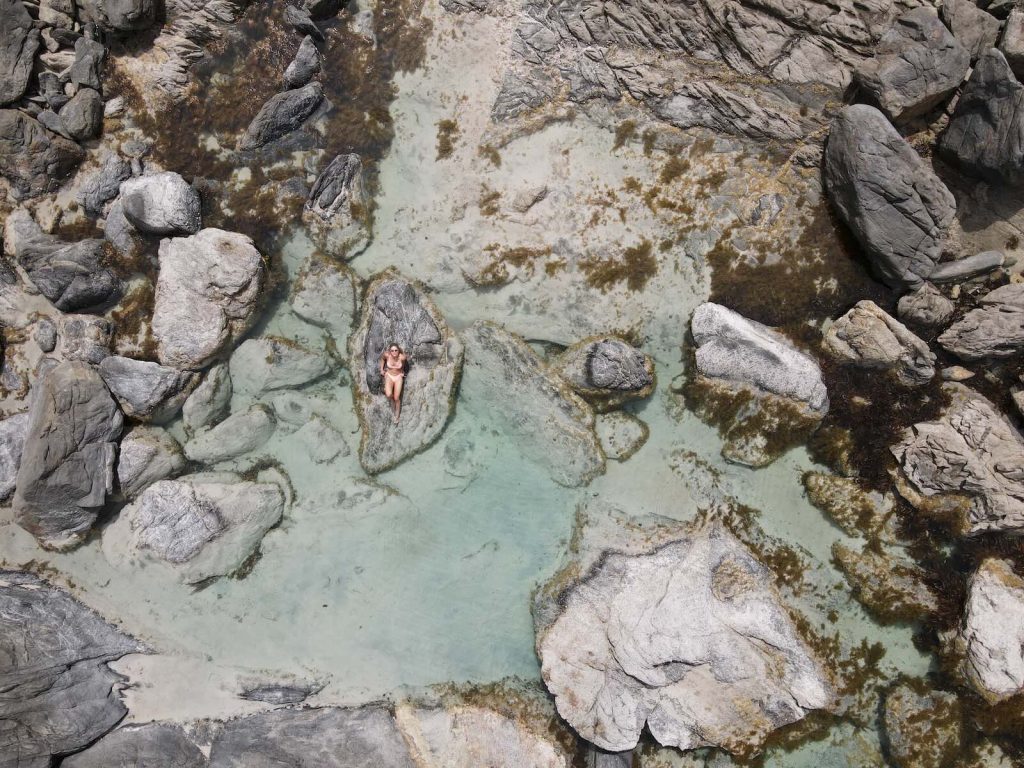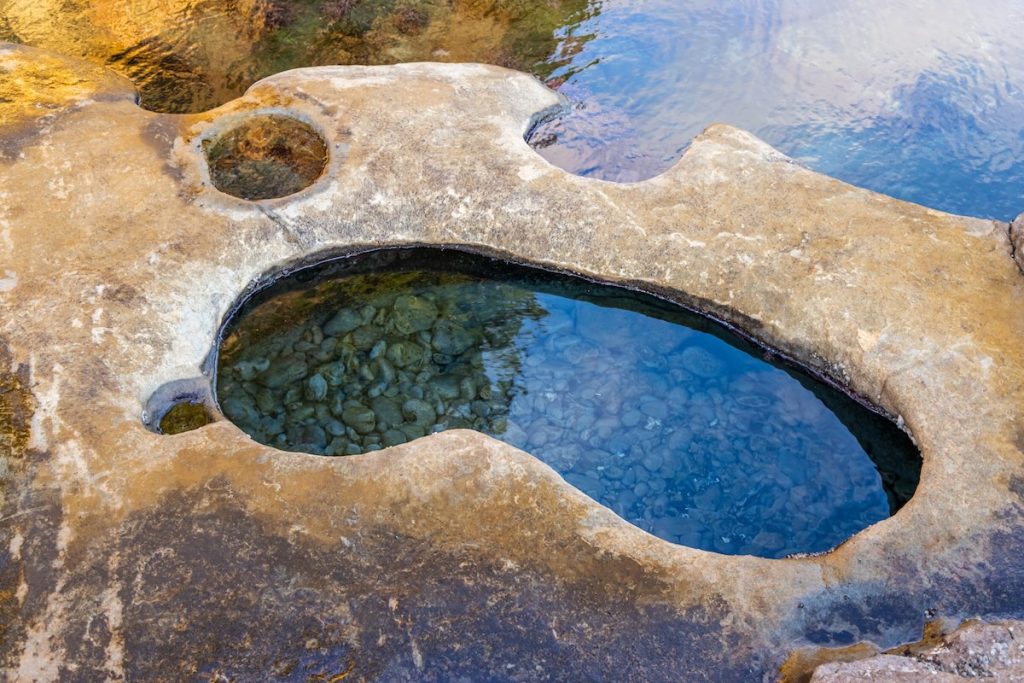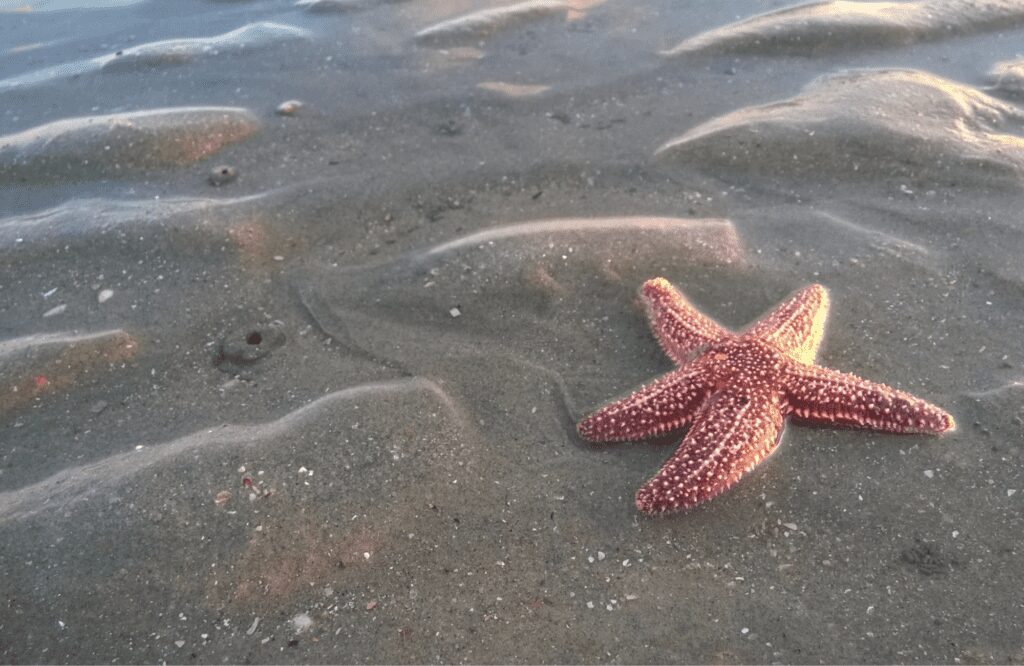Are There Bears on Vancouver Island?
Yes—Vancouver Island is home to a healthy population of black bears, especially along the remote coastlines and forested areas. These iconic mammals are part of the island’s rich wildlife ecosystem and can often be spotted foraging near the shoreline at low tide.
How Many Grizzlies Are on Vancouver Island?
Despite some persistent myths, there are no resident grizzly bears on Vancouver Island. Grizzlies (also known as brown bears) are found on the British Columbia mainland and in areas like Knight Inlet or the Great Bear Rainforest.
However, rare sightings of grizzlies swimming over from the mainland have been documented in recent years. These cases are exceptional and not the norm—Vancouver Island is considered black bear territory.
Does Vancouver Island Have a Lot of Bears?
Yes—Vancouver Island has one of the highest densities of black bears in North America. The population is estimated to be between 7,000 and 12,000 black bears, thriving in the region’s temperate rainforests and coastal zones.
Bear encounters are common in wild areas and even on the outskirts of towns like Tofino and Ucluelet, especially during spring and fall feeding seasons.
Where Is the Best Place to See Bears in Vancouver Island
The best place to view bears safely and ethically is through a guided bear watching tour from Tofino. These tours take you along remote inlets and estuaries during low tide, when bears emerge to forage for crabs, clams, and other marine life.
🛶 Hot Tip: Choose a covered boat tour with experienced guides for the best sightings and safety.
👉 Want more options? View All Wildlife Tours to explore whales, sea otters, and more in Clayoquot Sound.
What Are The Activities of Bears in BC Throughout the Year?
During different seasons, bears can be seen doing a variety of activities. Early morning or late afternoon, low tides are when black bears are most active along the shoreline, flipping rocks and searching for food.
Bear Activity By Season
- Spring (April–June): Bears are out of hibernation looking for food, being active.
- Fall (September–October): They forage heavily to prepare for winter, making for active and frequent sightings.
📣 Don’t just take our word for it—read real Customer Reviews to hear about other travelers’ experiences.
Why Go on a Guided Bear Watching Tour?
- Guaranteed safety and ethical wildlife viewing
- Expert local knowledge
- Scenic access to remote wilderness
- Opportunities to view other species like eagles, seals, and sea otters
🐾 Book your unforgettable bear watching tour today!






